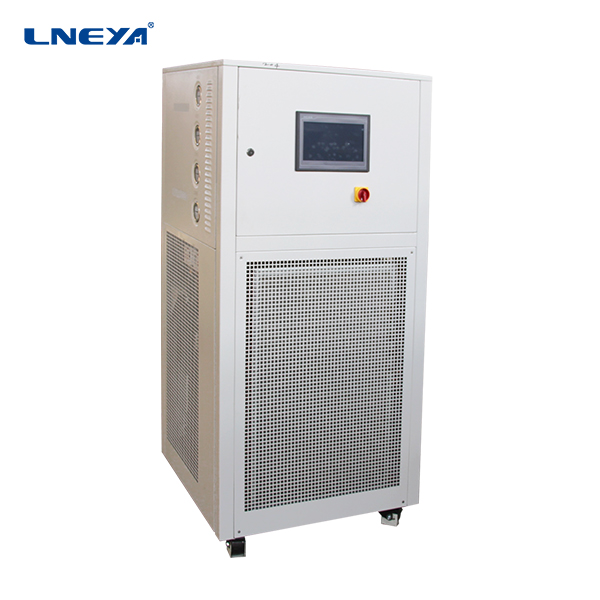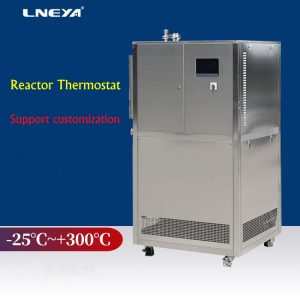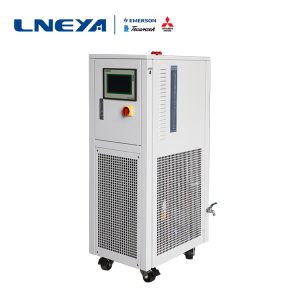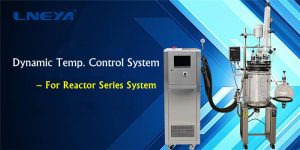Which industries are used for semiconductor device test equipment?
Semiconductor device test equipment is used more in the semiconductor industry. So, how much do you know about the applicable semiconductor conductors? The properties of this substance are still recommended to the user.
In general, substances can be classified into conductors, insulators, and semiconductors according to their electrical conductivity. The conductive properties of a substance depend on the atomic structure. The conductor is generally a low-cost element, such as copper, iron, aluminum, etc., and the outer electrons are bound by the nucleus, so that it is easy to break the bond of the nucleus into free electrons. Therefore, under the action of an external electric field, these electrons generate directional motion (called drift motion) to form a current, which exhibits better electrical conductivity. The electrons of high-priced elements (such as inert gases) and high-molecular substances (such as rubber and plastics) are strongly bound by the nucleus. They are not easily detached from the nucleus and become free electrons. Therefore, they have poor conductivity and can be used as insulating materials. The outer electrons of semiconductor materials are not as easy to get rid of the nucleus as the conductors, become free electrons, and are not as tightly bound by the nucleus as insulators. Therefore, the conductive properties of semiconductors are somewhere in between.

A semiconductor with a pure crystal structure is called an intrinsic semiconductor. Commonly used semiconductor materials are silicon and germanium, which are tetravalent elements with four valence electrons in the outer orbital of the atomic structure. When a silicon or germanium material is drawn into a single crystal, a pair of outer electrons (valence electrons) of two adjacent atoms become a common electron, which on the one hand moves around their own nucleus and on the other hand appears in the orbit to which the adjacent atom belongs. on. Immediate electrons are not only affected by their own nucleus, but also by adjacent nuclei. Thus, two adjacent atoms share a pair of valence electrons to form a covalent bond structure. Therefore, in the crystal, each atom is closely related to the surrounding four atoms by covalent bonds.
LNEYA’s semiconductor device test equipment is widely used in high and low temperature testing, electronic equipment high temperature and low temperature constant temperature test cold and heat source.
(Content source network, if there is any infringement, please contact to delete.)
Related recommendations
-
Organic waste gas purification condensation shutdown note
1826If the organic waste gas is purified and condensed, if it encounters a fault during operation, it should be shut down and disposed of in time. Then, how can LNEYA organic waste gas purification and condensation be used once it is shut down? The or...
View details -
How to use the reactor thermostat?
1539The reactor thermostat is generally heated by a resistance wire, cooled by a compressor, and is supplemented with a PID controller to maintain a relatively standard temperature, so as to achieve the purpose of the experiment. The shell is made of ...
View details -
How to choose the price of semiconductor constant temperature system?
1701Now, it can be said that most of the industrial productions require semiconductor constant temperature systems to provide professional refrigeration. An efficient semiconductor constant temperature system can provide great help for various industr...
View details -
Detailed description of piping of refrigeration and heating cycle equipment
1734When the refrigeration and heating cycle equipment is in operation, the user will find that whether or not the fully enclosed pipeline affects the overall performance. The LNEYA refrigeration and heating cycle equipment adopts a fully enclosed cyc...
View details
 LNEYA Industrial Chillers Manufacturer Supplier
LNEYA Industrial Chillers Manufacturer Supplier














